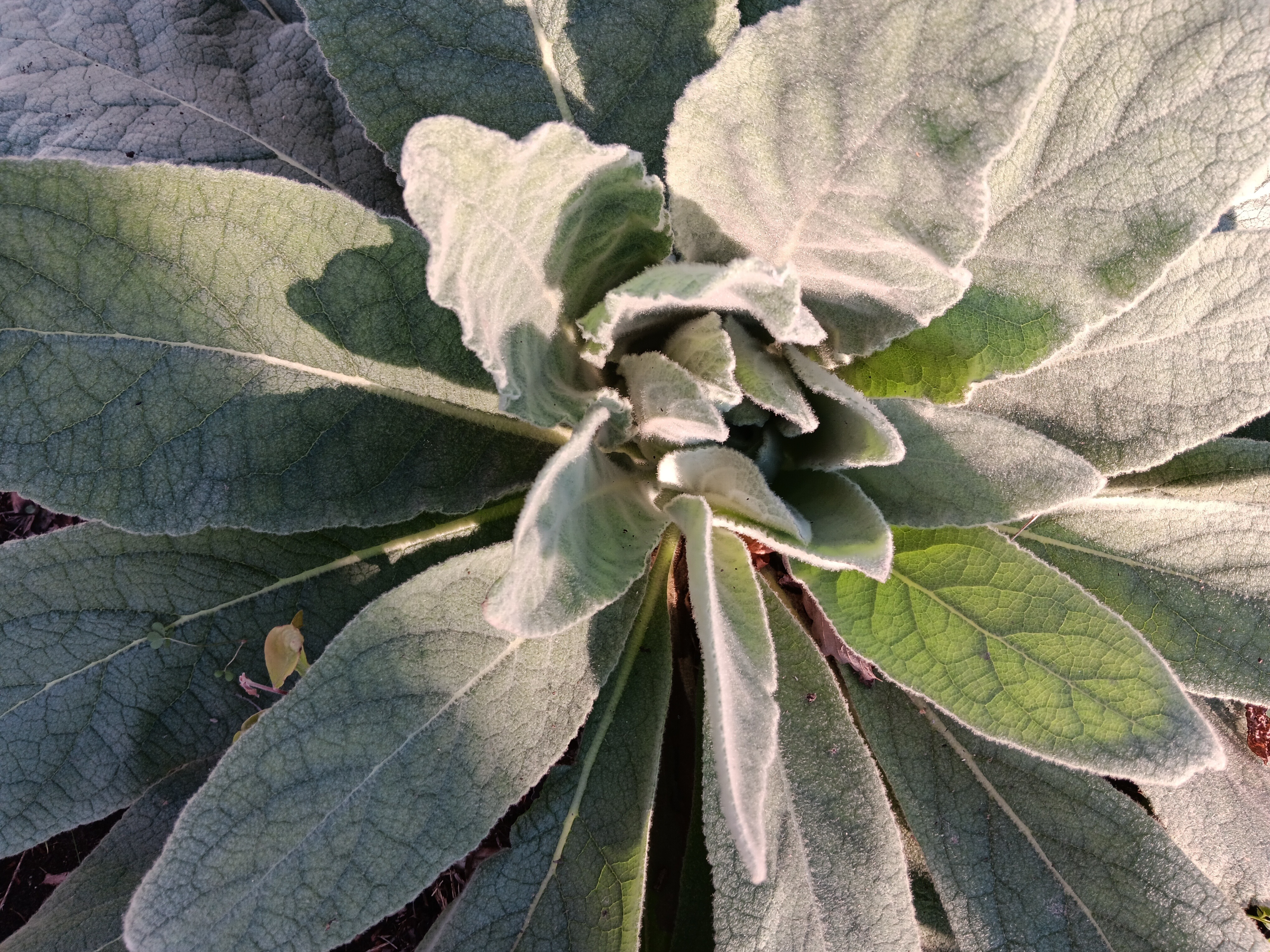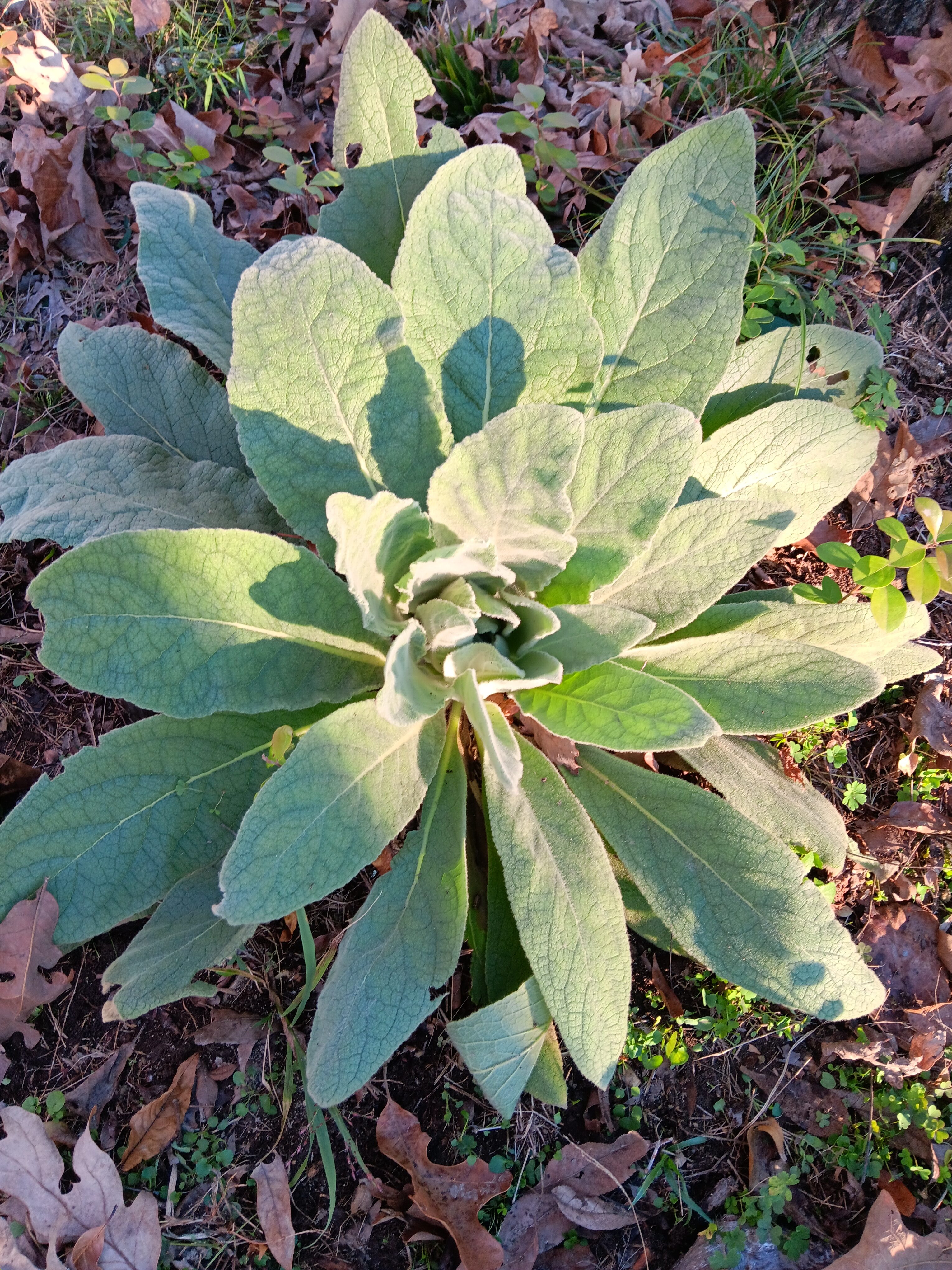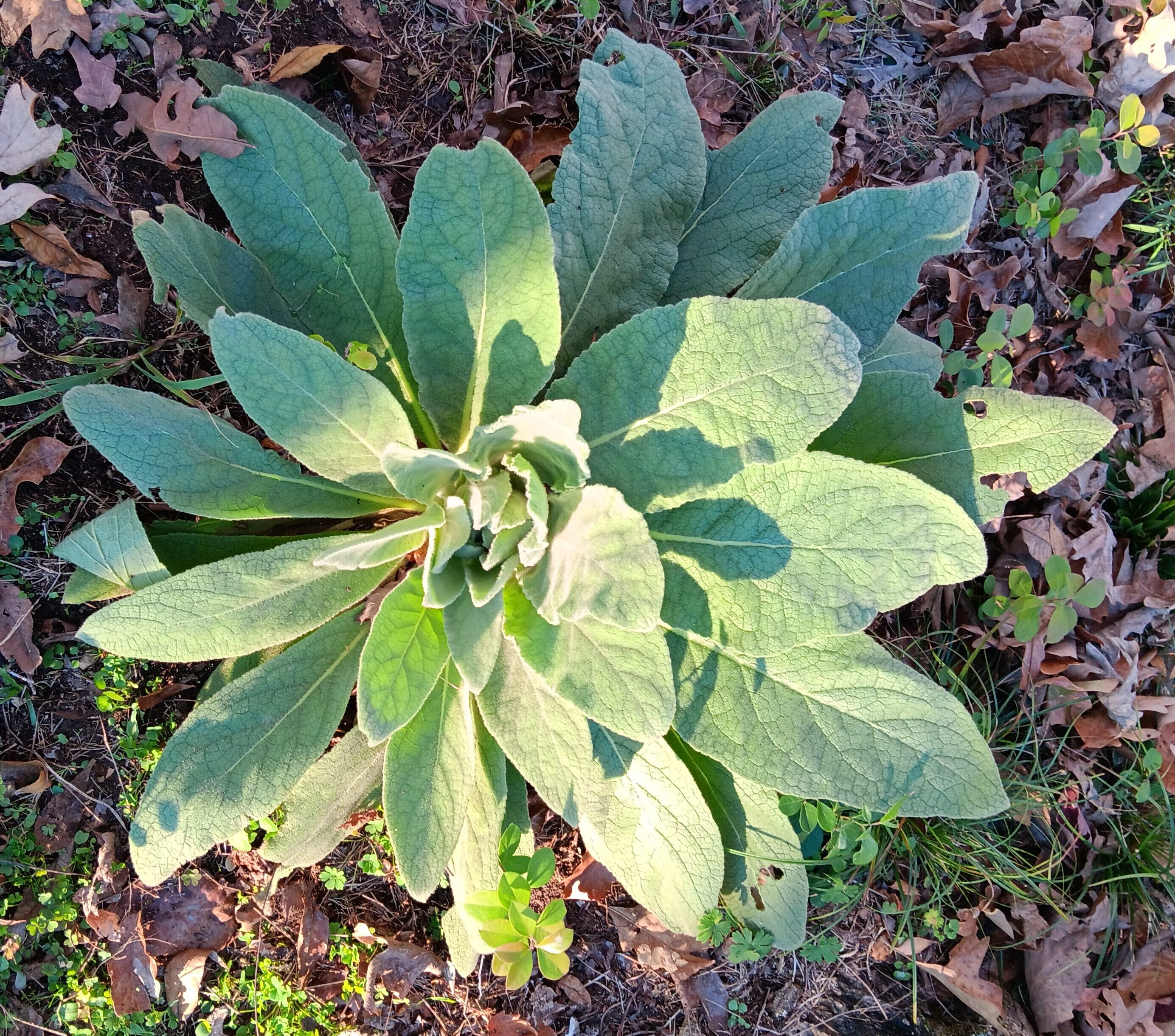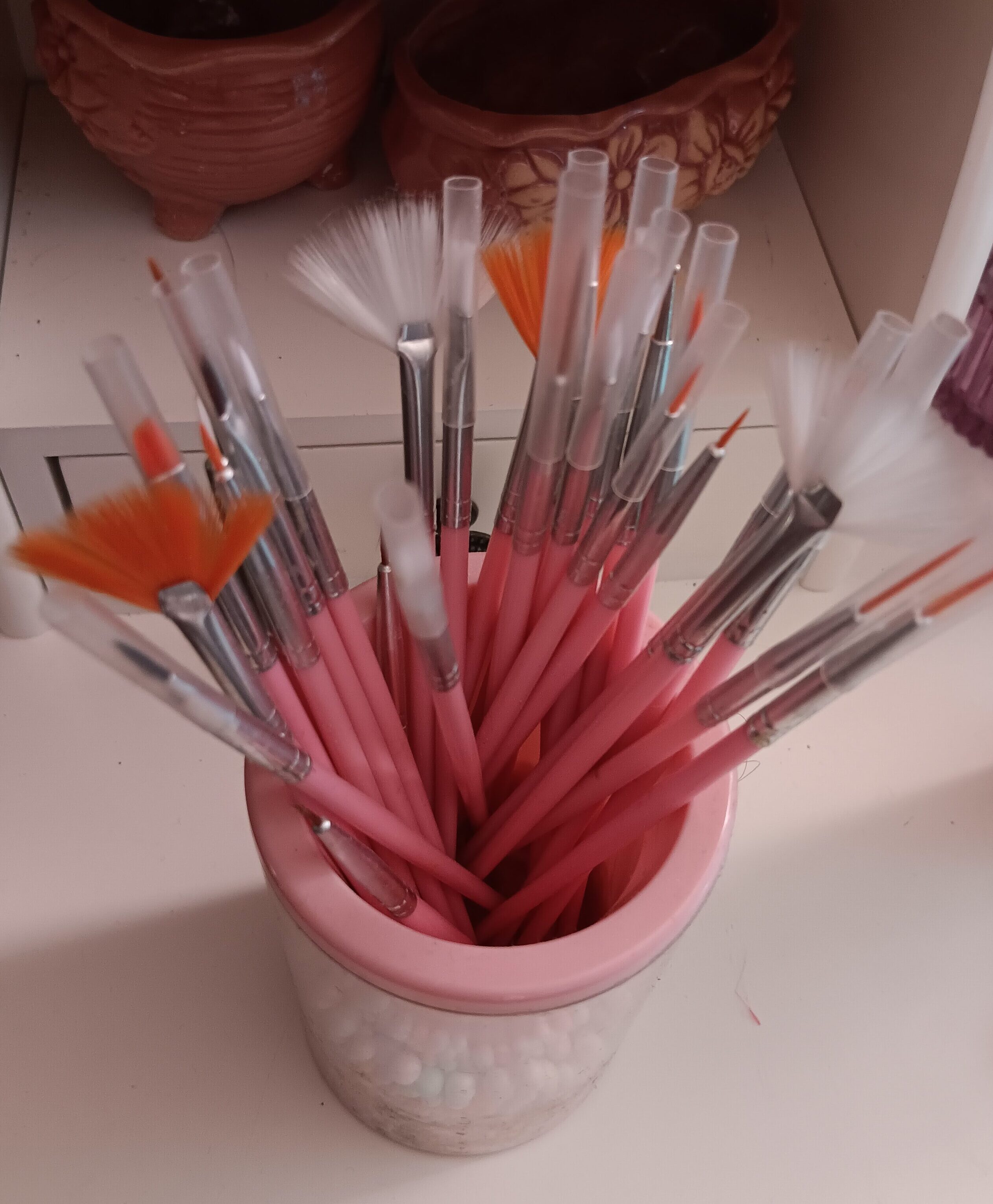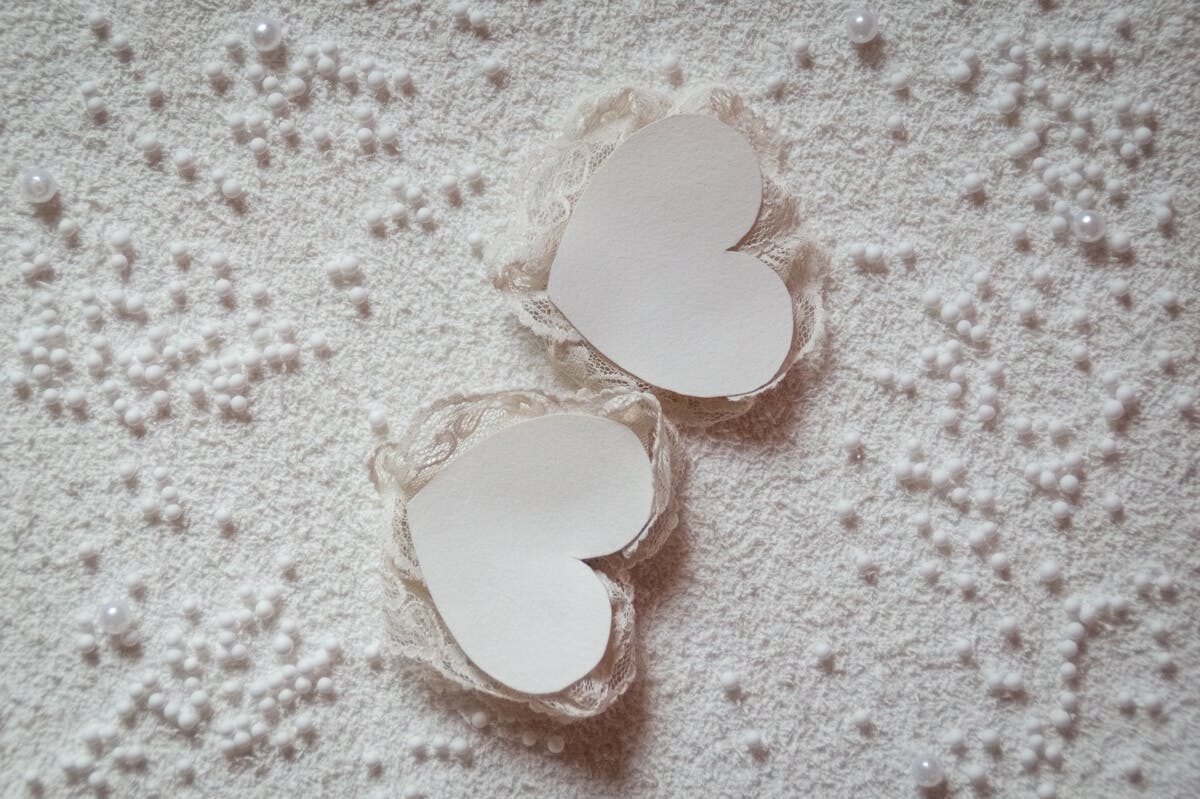Discovering the Healing Power of Comfrey: A Natural Pain Reliever Right in Your Yard
When I first bought my property four years ago, I didn’t know much about the plants growing in my yard, particularly Comfrey. However, one particular plant stood out—a pretty, fuzzy green herb that popped up along the side of my long driveway.
At first, I wasn’t sure what it was. But over the years, as I worked on my garden and mowed the lawn, I always made sure to leave this plant untouched, sensing it might be something important. Little did I know, this humble herb was Comfrey, a powerful medicinal plant with a long history of use.
Comfrey (Symphytum officinale) is a perennial herb known for its large, fuzzy leaves and vibrant purple flowers. It has been used for centuries in traditional medicine. Primarily as a natural remedy for pain and inflammation. Comfrey is sometimes referred to as “knitbone” because of its ability to help with bone and joint healing. But it’s not just for bones. Comfrey can be used to treat a variety of ailments, from sprains to bruises and muscle aches.
The moment I really learned about Comfrey’s healing properties came when a new neighbor moved in next door. We were chatting one afternoon, and she pointed out the plant growing by the side of my driveway. “Oh, Stacy, you have Comfrey in your yard!” she exclaimed. Naturally, I was curious and asked her, “What is Comfrey?”
She told me that Comfrey is a medicinal plant with many uses, particularly as a natural pain reliever. I was intrigued and asked her how to use it for pain.
She explained that you simply cut one of the large leaves from the plant. Then wrap it around the area where you feel pain. Whether it’s your foot, knee, arm, or hands. And then secure it with a bandage or tape.
The plant’s natural compounds are said to reduce pain and inflammation, making it an effective alternative to over-the-counter medications.
Harness Comfrey Medicinal Plant for Fast and Natural Pain Relief
As someone who prefers natural remedies, I was thrilled to learn about Comfrey’s potential. For years, I’ve been passionate about creating a self-sufficient, toxin-free environment around my home. Our property was vacant for over 20 years with no pesticides. So I always strive to grow plants that can offer natural, holistic healing. Comfrey fits perfectly into this lifestyle.
In a world where the medical industry often pushes synthetic drugs with harmful side effects, I love the idea of turning to nature for my health needs. Comfrey is a perfect example of a plant that not only adds beauty to my garden but also provides medicinal benefits right at my doorstep.
Benefits of This Plant
Comfrey is often considered a “natural pharmacy” because of its diverse therapeutic properties. Here are some of the key benefits of using Comfrey:
- Pain Relief – Comfrey is well-known for its ability to relieve pain and reduce inflammation, making it a great natural alternative for treating sprains, strains, and muscle aches.
- Promotes Healing – Comfrey has been used historically to speed up the healing of broken bones, sprains, and wounds. It’s thought to stimulate cell regeneration, making it ideal for bone and tissue repair.
- Reduces Inflammation – The plant contains allantoin, a compound that promotes tissue growth and can help reduce inflammation in conditions like arthritis.
- Skin Health – When applied topically, Comfrey can soothe and heal cuts, bruises, and burns, making it an excellent natural ointment for various skin ailments.
Comfrey Medicinal Plant for Natural Pain Relief: A Backyard Miracle
Using it is simple, especially when you have it growing right in your yard. Here’s how to apply it:
- Harvest a Fresh Leaf – Gently cut one of the large, green leaves from the plant.
- Prepare the Leaf – If the leaf is large, you can cut it into smaller pieces to fit the area you’re treating.
- Wrap It – Place the leaf on the affected area, such as your knee or wrist, and wrap it securely with a bandage or cloth to hold it in place.
- Leave It On – You can leave the Comfrey leaf on for several hours or overnight, depending on your comfort level. Repeat as needed.
Note: While it is generally safe for external use, it’s important to avoid applying it to broken skin or open wounds. Always do a patch test on a small area of skin to check for any adverse reactions before applying it more broadly.
One of the greatest advantages of growing Comfrey on your property is that you have access to a natural, chemical-free remedy right at your fingertips.
As I’ve learned, many of the plants we think of as weeds may actually be powerful healers if we take the time to learn about them. So, why not cultivate your own natural pharmacy?
Comfrey Medicinal Plant: How It Heals Pain and Inflammation Naturally
This heirloom plant is just one example of how we can take control of our health by growing our own medicinal plants, free from the chemicals and additives that often come with store-bought remedies.
By nurturing plants like this one, we can reduce our dependence on the toxic medical system and support our wellness in a more natural, sustainable way.
This is an incredible plant with a wealth of medicinal benefits, and it’s now one of the treasures in my garden. Whether you’re dealing with muscle pain, bruises, or joint inflammation, Comfrey can provide natural relief without the need for synthetic medications.
By growing and using plants like Comfrey, we can tap into the healing power of nature and make more conscious choices about our health. So, if you ever spot a fuzzy green plant growing in your yard, take a moment to consider: could it be your next natural remedy?
